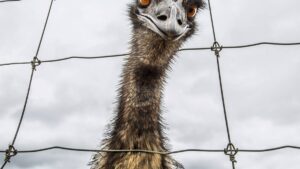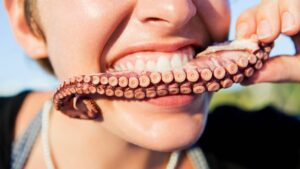The latest private biotech to eye an ASX listing does more than just put fungus to sleep

Pic: Oscar Wong / Moment via Getty Images
Private biotech Xerion is undertaking a pre-IPO capital raise and anticipates an ASX listing within the next 12 months.
The company is aiming to raise $5-7m, its fourth raise since establishment five years ago, and has been valued at $17m.
It hired accounting firm Moore Stephens for its latest funding round.
It don’t send fungus to sleep, it kills it
Xerion has two areas of focus. The first is a range of dermatology products that feature a powerful anti-fungicidal ingredient AMYCOT.
AMYCOT is derived from microalgae and contains bioactives with properties that fight diseases. The most prominent is fungus which is a $US3.4bn ($5.1bn) global market.
Around 1.7 million people in Australia suffer from nail fungus and Xerion’s anti-fungal product nailKALM fights this. It is able to do so without having to remove or file a patient’s nails.
“The big difference is that our product actually kills the fungus but the rest [of the competition] just put it to sleep,” managing director Daniel Goldman told Stockhead.
“We have a product we believe is a breakthrough in this area.”
The acne and atopic dermatitis (exzema) markets, which are worth $US3.4bn and over $US7bn respectively, are also important to Xerion.
The second focus for the company is measuring fatty acid levels.
Xerion is developing a dried blood spot test kit for consumers called PUFAcoat, which tests fatty acid levels, including Omega 3.
While the company’s anti-fungal products are reactive, this product is intended to be a proactive monitor of a person’s health. It can detect problems earlier which allows for earlier intervention.
Many biotech companies on the ASX are still testing their drugs in mice. But Xerion is already selling its products and generating revenues.
A large chunk of its revenues comes from selling its products in Chemist Warehouse. It has a distribution agreement with the major pharmacy chain.
In preparation for listing Xerion has been expanding its board, welcoming three new directors –Andrew Monk, Tim Cushway and Jeremy Keane — who collectively dropped $1m into the company.
American expansion
The company is already in some overseas markets such as India and Singapore, but eventually has aspirations to enter the US.
Goldman acknowledged this would be easier said than done, but said generating revenues at home helped.
“We’ve de-risked our business,” he said. “We still have potential upside in a US market entry but we already have revenue.
“While you’re doing that you get great safety data, feedback from people using the product and doctors.
“Taking it to the US is expensive but this give us confidence to do it.”
UNLOCK INSIGHTS
Discover the untold stories of emerging ASX stocks.
Daily news and expert analysis, it's free to subscribe.
By proceeding, you confirm you understand that we handle personal information in accordance with our Privacy Policy.








